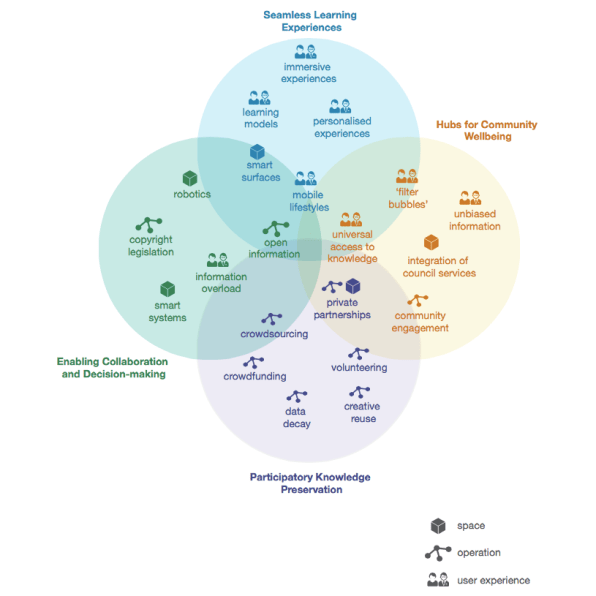Rebecca Hill in The Guardian: “When we think of governments and technology, the image that springs to mind is more likely to be clunky computers and red tape than it is nimble innovators.
But things are changing. The geeks in jeans are making their way into government and starting to shake things up.
New ideas are changing the way governments use technology – whether that’s the UK’s intelligence organisation GCHQ finding a secure way to use the instant messenger Slack or senior mandarins trumpeting the possibilities of big data.
Governments are also waking up to the idea that the public are not only users, but also a powerful resource – and that engaging them online is easier than ever before. “People get very excited about using technology to make a real impact in the world,” says Chris Lintott, the co-founder of Zooniverse, a platform that organisations can use to develop their own citizen science projects for everything from analysing planets to spotting penguins.
For one of these projects, Old Weather, Zooniverse is working with the UK Met Office to gather historic weather data from ancient ships’ logs. At the same time, people helping to discover the human stories of life at sea. “Volunteers noticed that one admiral kept turning up on ship after ship after ship,” says Lintott. “It turned out he was the guy responsible for awarding medals!”
The National Archives in the US has similarly been harnessing the power of people’s curiosity by asking them to transcribe and digitise, handwritten documents through its Citizen Archivist project….
The idea for the Järviwiki, which asks citizens to log observations about Finland’s tens of thousands of lakes via a wiki service, came to Lindholm one morning on the way into work….
The increase in the number of digital natives in governments not only brings in different skills, it also enthuses the rest of the workforce, and opens their eyes to more unusual ideas.
Take Block by Block, which uses the game Minecraft to help young people show city planners how urban spaces could work better for them.
A decade ago it would have been hard to imagine a UN agency encouraging local governments to use a game to re-design their cities. Now UN-Habitat, which works with governments to promote more sustainable urban environments, is doing just that….
In Singapore, meanwhile – a country with densely populated cities and high volumes of traffic – the government is using tech to do more than manage information. It has created an app, MyResponder, that alerts a network of more than 10,000 medically trained volunteers to anyone who has a heart attack nearby, sometimes getting someone to the scene faster than the ambulance can get through the traffic.
The government is now piloting an expansion of the project by kitting out taxis with defibrillators and giving drivers first aid training, then linking them up to the app.
It’s examples like these, where governments use technology to bring communities together, that demonstrates the benefit of embracing innovation. The people making it happen are not only improving services for citizens – their quirky ideas are breathing new life into archaic systems…(More)“

